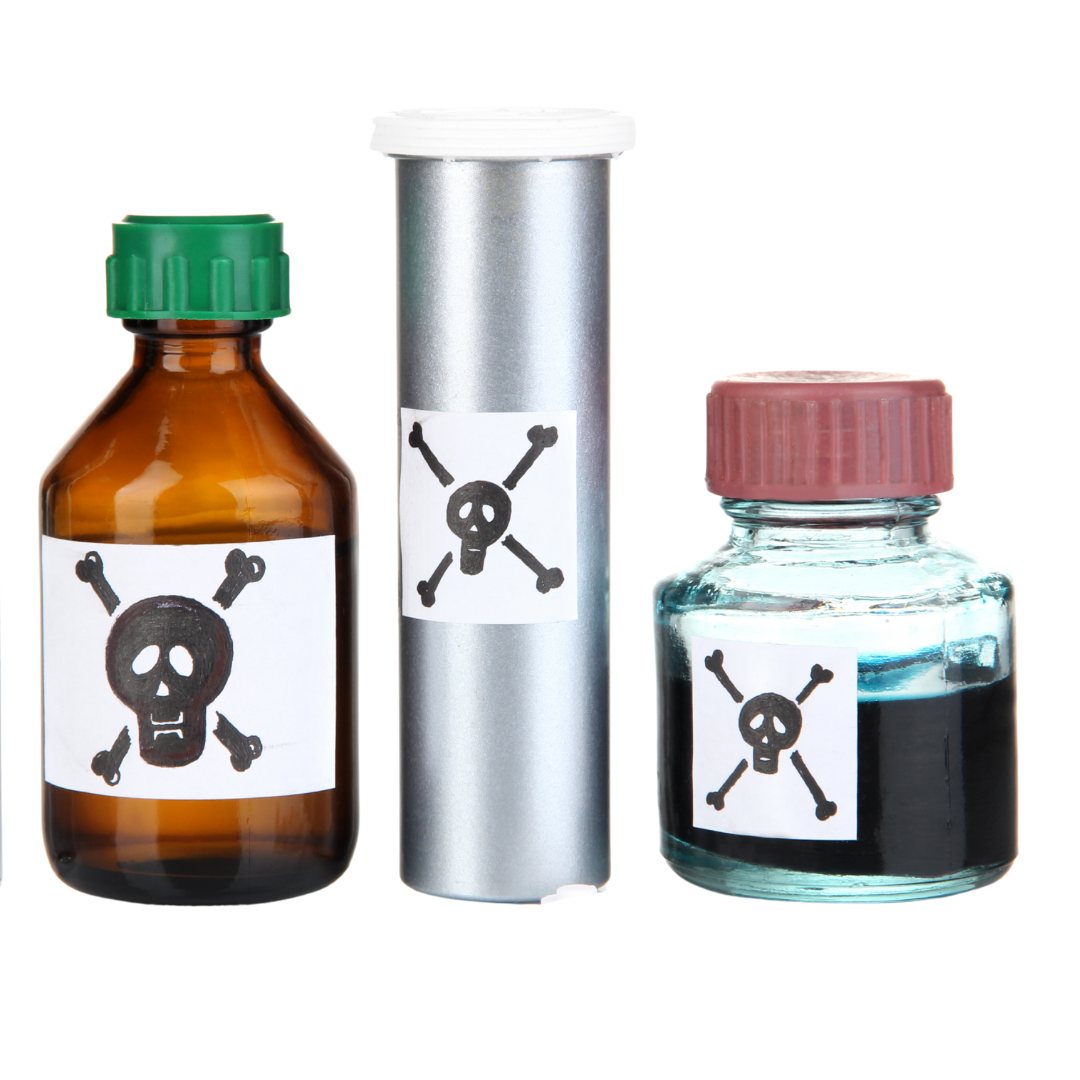
Top 6 Toxins to Avoid In Your Skincare
Share
The Top 6 Skincare Ingredients That Should Make You Put It Back on the Shelf—Fast
We get it. Skincare shopping is overwhelming. You’re promised “clean,” “gentle,” and “natural”... only to find yourself staring at a label full of words you can’t pronounce. But here’s the truth: some of those ingredients are doing more harm than good—and in ways that might surprise you.
Let’s break it down. No scare tactics. No science degree required. Just the facts—and what to watch out for when your skin (and health) are on the line.
1. Phenoxyethanol
The “clean beauty” lie in disguise.
You’ll often see this one in products claiming to be “paraben-free.” But phenoxyethanol is no saint. It's a synthetic preservative made from petrochemicals. Studies suggest it can mess with your hormones, irritate sensitive skin, and even sneak into breastmilk—raising red flags for babies and breastfeeding parents.
Why it's a red flag:
- May cause hormone imbalances
- Linked to skin rashes and irritation
- Can build up in your body and harm aquatic life
👉 Bottom line: If you're avoiding parabens, you should avoid phenoxyethanol too.
2. Fragrance / Parfum
The ultimate mystery ingredient.
“Fragrance” might sound harmless, but it can be made of over 3,000 unlisted chemicals—including known allergens and hormone disruptors. Because companies don’t have to tell you what’s in it (yep, it's legally considered a "trade secret"), you’re left in the dark.
Why it's a red flag:
- Can trigger headaches, allergies, and skin flare-ups
- Often contains phthalates, which can affect fertility (more on that below)
- No transparency = no accountability
👉 Bottom line: If a product lists “fragrance” without telling you what’s in it, put it back.
3. Phthalates
The hidden hormone hacker.
Phthalates are chemical softeners used in everything from skincare to plastics to—you guessed it—fragrance. If a product lists “fragrance” but doesn’t break it down, phthalates are likely hiding inside. And they’re not just shady—they’re dangerous.
Why they’re a red flag for women’s health:
- Hormone Havoc: Phthalates are known endocrine disruptors, meaning they can throw off your hormone balance and mess with everything from your cycle to your mood.
- Fertility Issues: Linked to lower egg quality, longer time to conceive, and increased risk of miscarriage.
- Pregnancy Risks: Associated with low birth weight, early delivery, and potential developmental issues in babies.
- Hormone-Related Cancers: Long-term exposure may play a role in hormone-driven cancers like breast cancer.
- Life Stage Disruption: Can alter the timing of puberty or worsen menopause symptoms by mimicking or blocking natural hormones.
And the worst part? They’re rarely listed by name. Look out for “fragrance,” “parfum,” or “denatured alcohol” if you want to avoid them.
👉 Bottom line: If your skincare could be interfering with your hormones or future fertility—it’s not worth the risk. Choose products that are phthalate-free and fully transparent.
4. Parabens
The old-school villain hiding in plain sight.
Parabens are preservatives used to stop mould and bacteria. But they also mimic oestrogen in your body—disrupting your hormone balance in ways that may be linked to breast cancer and reproductive issues.
Why it's a red flag:
- Acts like oestrogen in your body
- Linked to hormone-related cancers
- May affect fertility and menstrual health
👉 Bottom line: Look out for ingredients ending in -paraben (like methylparaben or propylparaben).
5. PEGs & Ethoxylated Ingredients
Lab-made chemicals with a dirty secret.
PEGs (polyethylene glycols) and similar ingredients are used to make products feel smooth or help other ingredients soak in. The problem? They’re often contaminated with 1,4-dioxane—a substance linked to cancer—and may help other harmful chemicals dive deeper into your skin.
Why it's a red flag:
- May be tainted with known carcinogens
- Increases how much your skin absorbs—not always a good thing
- Often used in cleansers, moisturisers, and makeup
👉 Bottom line: Look for “PEG,” “-eth,” “polysorbate,” or “ethoxylated” on the label and steer clear.
6. Triclosan
The “antibacterial” chemical you don’t need.
Triclosan was once the star of “germ-fighting” products. But it’s now linked to thyroid problems, hormone disruption, and even antibiotic resistance. Many major brands have removed it—but some skincare and deodorants still sneak it in.
Why it's a red flag:
- Disrupts hormones, especially thyroid function
- May contribute to bacteria becoming resistant to antibiotics
- Harsh on the skin and the environment
👉 Bottom line: If you see “antibacterial” on the label, check for triclosan—and run.
Final Thought: You Deserve Better Than “Technically Safe”
A product being legal doesn’t mean it’s safe for your body—especially when you're using it every single day. The truth is, we absorb a lot more than we realise. Many of these ingredients build up over time, quietly messing with our skin, confidence, and overall well-being.
So next time you’re shopping, turn that bottle around. Scan the ingredients. And if you see one of these red flags?
Put it back on the shelf. Fast.
